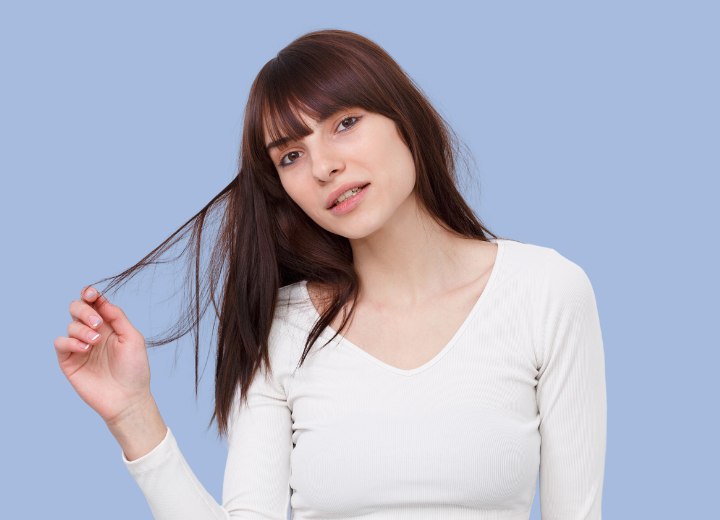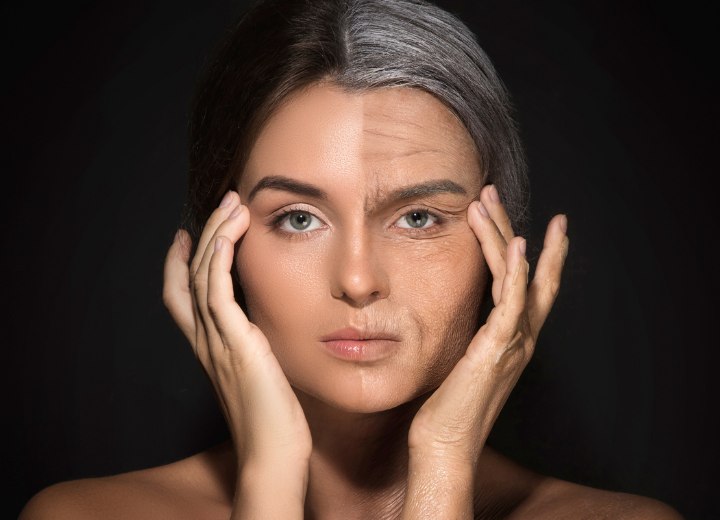Dealing with Hair Damage

The American Academy of Dermatology is the definitive authority on disorders and conditions affecting the skin and hair. They hold regular sessions to discuss developments and throughout their recent history, they have had some significant statements to make regarding the issues of hair and skin care.
This may be news to many individuals who don’t realize that dermatologists are responsible for dealing with medically based hair issues. Since the hair grows from organs in the skin, it is the domain of the dermatologist.
The following are some of the recommendations by AAD doctors (and Dr. Draelos) to enhance the appearance and health of your hair (and skin):
Never Give in to the Itch
Seborrheic dermatitis is a condition marked by itchy, red, scaly skin that can occur on the scalp. While it does not cause hair loss, the itching associated with seborrheic dermatitis can weaken and permanently damage hair over time.
It is advised that treatment from a dermatologist should be sought for this condition. Scratching the scalp when it is irritated by this type of condition can lead to damage to the follicles, which can cause inflammation and hair loss.
When Long Hair Comes Up Short
Long hair is much more likely to be cosmetically damaged than short hair. People with extensive hair damage should consider a shorter hairstyle to improve the overall appearance of the hair. In this case, it is extremely important to identify the cause of the hair damage so that the newly grown hair remains healthy and attractive.
People should remember that in an individual whose hair is 12 inches long, the two inches on the ends of the hair are up to two years older than the two-inch portion nearest the scalp. This means that the ends of the hair have been exposed to many more styling stresses and environmental pollutants.

An individual's hair growth slows down with age, which also means that cosmetically damaged hair will be present for longer on older individuals. The hair's diameter decreases with age, predisposing it to thinner hair and damage from chemical processing. It is recommended that, for this reason, all chemicals used on mature hair should be weaker than those used on younger hair.
Choose Your Styling Tools Wisely
Knowing when to comb or brush hair is important to proper grooming. If possible, hair should only be combed with styling combs when it is dry.. The reason is that wet hair is more elastic than dry hair, which means that vigorous combing of the moist fibers can stretch hair to the point of breakage.
To untangle wet hair, use a large, wide-toothed comb that separates the hair gently. When choosing a comb, look for one made of a flexible plastic with smooth, rounded, and coarse teeth that easily slips through the hair.
Extensive hair brushing should also be avoided while hair is wet. In general, brushing the hair should be kept to a minimum in order to limit breakage. The myth that the hair should be brushed 100 strokes a day and the scalp vigorously massaged with the brush is simply not true.
When selecting a brush, look for bristles that are smooth, ball-tipped, coarse and bendable. Brushes used while blow-drying should have widely spaced bristles to prevent increased heat along the brush, which could damage the hair.
Get a Grip on Using Accessories
Hair pins and clips are popular fashion accessories, but the fact is that they all can break some hair since they must hold the hair tightly to stay in place. To combat this, look for hair pins with a smooth, ball-tipped surface and hair clips with spongy rubber padding where they make contact with the hair.
Looser-fitting clips also minimize breakage and should be worn in different areas of the scalp so that hair breakage is not localized in one specific area. The problem of accessories damage is particularly apparent in women who wear a ponytail, and it is recommended that rubber bands NEVER be used.
Continue reading ...